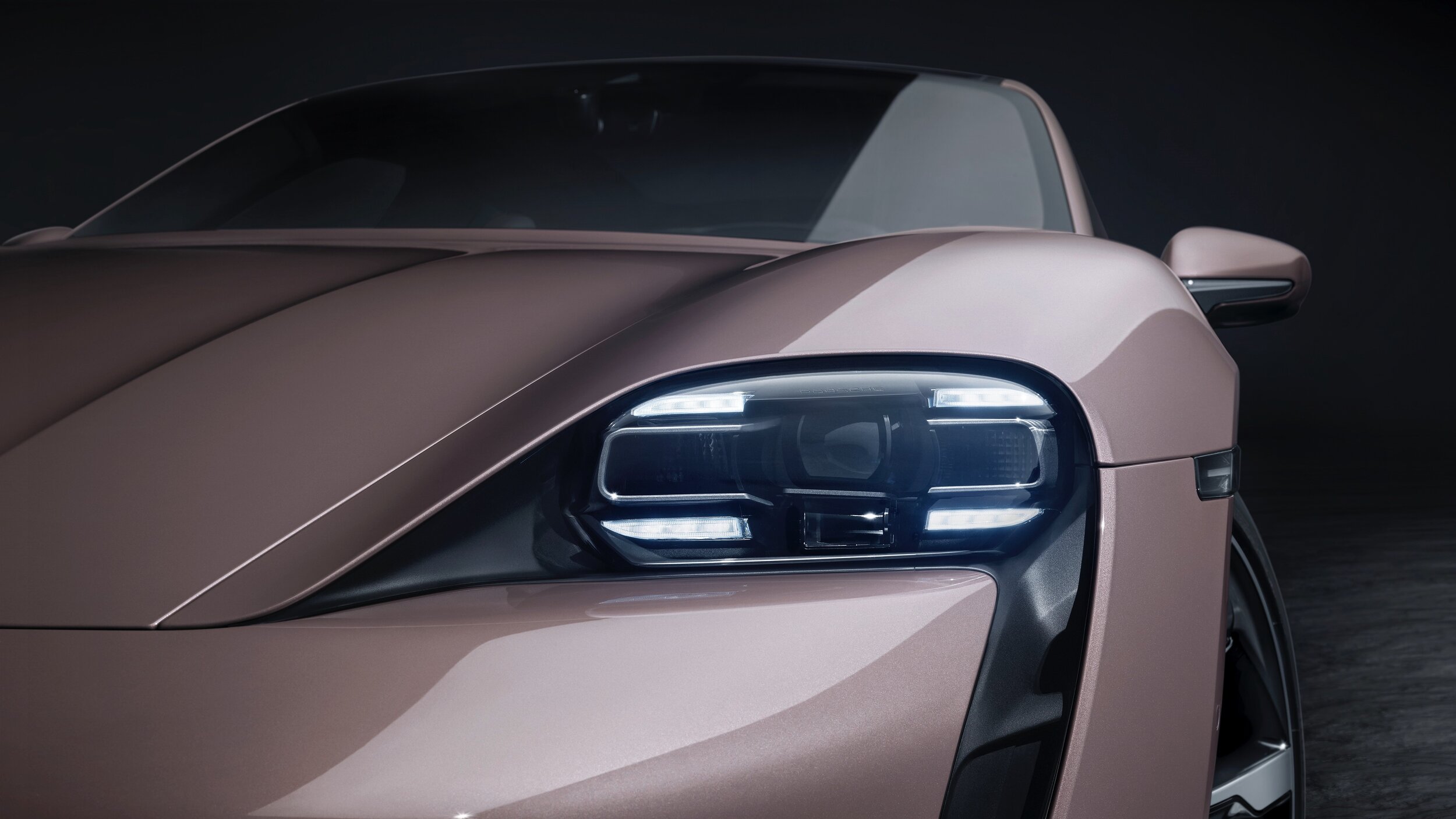BYOC – Could Bring Your Own Cable Ever Take Off in the U.S.?
By Edward A. Sanchez – July 20, 2021
One of the most interesting developments in the last decade with the increase in popularity with EVs is what different strategies various regions and countries have taken in terms of infrastructure and code. Within the last few years, several states and multiple municipalities in the U.S. have adopted guidelines and requirements for new construction to make provision for EV charging, whether through dedicated L2 charging spots, or at the very least, 240V outlets.
However, some other countries have taken an even more innovative approach to charging, in some cases installing hidden, retractable charging posts, or attaching L2 charging stations to streetlights or other infrastructure that already has high-voltage hardware attached to it. One trend that has caught on in Europe, but not in the U.S. is that of the user-provided cable, or “BYOC.” Bring-your-own-cable charging posts are relatively common in the U.K. and in continental Europe, but nearly nonexistent in the U.S. where the norm is for the charging cable and plug to be attached to the charging station.
Parts of Europe and the U.K. feature a “BYOC” approach to EV charging, with apps like Chargemap aiding EV owners in locating charging locations. (Image via Chargemap.com)
While it may seem like a big ask for every EV driver to carry their own charging cable with them at all times, it wouldn’t faze me that much, as I already carry a borderline-obsessive number of cords, cables, and adapters in the car with me at all times (and I just added another). Figuring a 10- to 20-foot J1772 cord might cost between $100-150 retail, it seems like something that could be easily included with a new EV sale. Amortized over hundreds of thousands or millions of units, the unit cost for OEMs could potentially be as low as $40.
There are several potential advantages to this approach. It could dramatically reduce the potential for vandalism, as the charging post itself would not have any dangling cords or plugs to get damaged, tampered with, or neglected. I have witnessed cords and plugs and public charging stations laying sloppily on the ground, with the plug ends sometimes sitting in the dirt, or damaged to the point of being almost unusable.
In my experience, people tend to take better care of property that they see as “theirs” as opposed to general or public use. It seems likely drivers would probably take better care of their own cords than those attached to a public charger.
I’ve said it before and I’ll say it again: Americans are all about convenience. For something to take off, people will have to see it as a tangible improvement over the current paradigm. While Europeans may not see BYOC as a major inconvenience or imposition, Americans may view it differently, balking at the suggestion or requirement they provide their own cord, and furthermore, go to the trouble to connect it at both ends.
The author has an obsession with power cables, most recently adding a 20-foot L14-30 extension cord to his “frunk” collection. (Image by Edward A. Sanchez)
Heck, I get excited at the mere presence of a 240V outlet, because chances are, I have a plug end adapter for it, whereas many newcomers to the EV scene may expect a full-fledged L2 or L3 charger as being “required.”
Maybe I’m just the crazy guy in the park talking to myself about these hypotheticals. It seems this ship has probably already sailed in the U.S., and BYOC will likely never be a “thing” aside from plugging in to available 240V outlets. If the projected adoption (and in some cases, requirement) of EVs takes off to the extent some project, I say we’ll need an “all of the above” approach, which could include BYOC. Time will tell.
(Main image courtesy Blaupunkt)
- Podcast - Facebook - Google News - Twitter -









